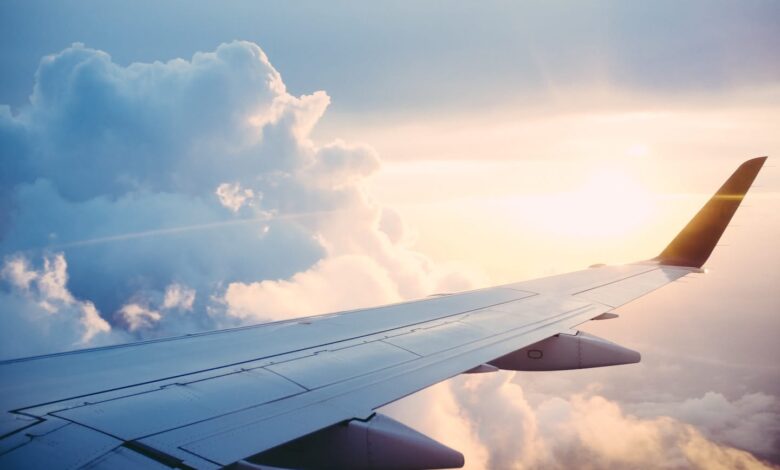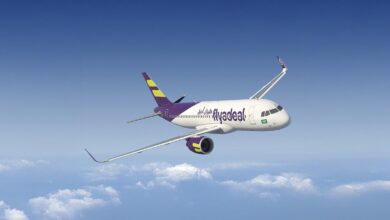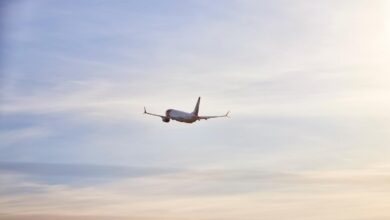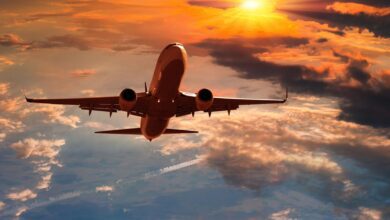
Aviation history is not neutral.
Aviation is often presented as a technical success story. But it has always served power. From the start, flying was not for everyone. It was built by the rich and for the state. Early planes were used in wars and colonial conquests, not for peace or freedom. Military aviation became a tool of dominance. Nations developed air forces not to defend people, but to control them. Bombers were sent to crush revolts. Fighters protected empires. Even today, airbases mark zones of influence, not safety. When the industry talks about innovation, it hides its roots in violence. In the same way, online platforms like https://www.masonslots.com/ profit from user attention, while military aviation profits from fear. Behind the technology, there’s always a motive: expand control, tighten borders, secure elite power.
The impact of digital simulation and spectacle
Air shows look harmless. But they train minds. They present weapons as toys. Kids watch fighter jets, not knowing they’re built for killing. The audience sees grace, speed, noise. Not what that noise means elsewhere. Flight simulators, even in games, often reproduce military hierarchies. You train, you shoot, you win. Rarely do they ask who dies. These forms of entertainment normalize violence. Just like advertising for aviation hides emissions, destruction, and inequality. Virtual recreations of warplanes erase the reality in which they were part. When history becomes spectacle, reflection disappears.
Who controls the air?
Not everyone flies. The rich use private terminals. Refugees can’t even board. Drones fly above cities. Surveillance replaces safety. Skies are no longer shared—they are stratified. Airspace is regulated by the powerful. NATO moves across continents. The global South is watched, not protected. Visa policies keep people grounded. Air rights are weaponized. Like land and sea, the sky is now owned. Border patrols use helicopters. Protests are monitored by drones. In this new world, aviation extends state control. Not liberation.
Rethinking aviation from the ground up
Aviation could serve communities. Planes could transport aid, not arms. But that means changing priorities. Less investment in bombers, more in environmental repair. Less glamour, more access. Imagine aviation networks built by workers, not by arms dealers. Planes used for solidarity, not surveillance. Routes planned for needs, not markets. That future is possible—but not within capitalism. Workers in the industry could lead this change. Pilots, mechanics, engineers—they know the system from the inside. If they organized around justice, not profit, flight could change.
Conclusion: The sky is not empty
We’re told the sky is open. Free. Shared. But that’s a myth. Like land and water, it’s shaped by class, race, and empire. Military aviation defends borders, not people. Museums hide histories, not reveal them. Airports expand profits, not equality. To change this, we must rethink flight. Not as freedom, but as a tool. We must ask who builds planes, who flies them, and who pays the price. Aviation is not neutral. It never was. The path to justice starts by looking up—and asking who owns the sky.




